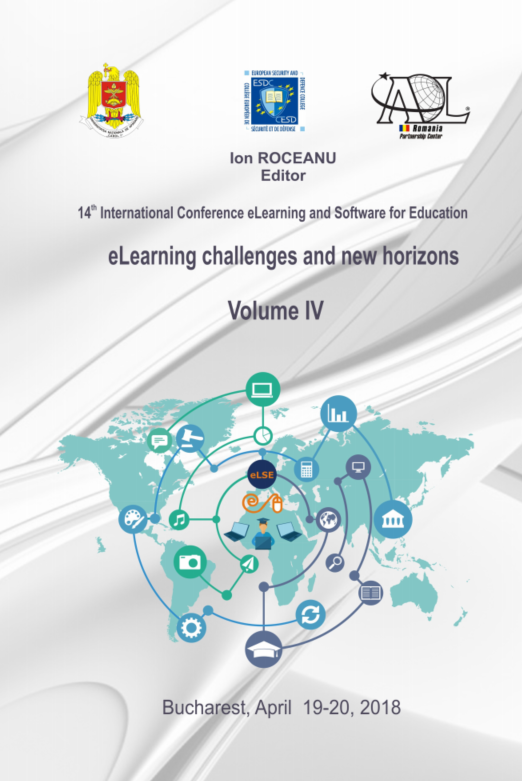Quantitative Analysis of Main Advantages and Disadvantages of the Use of E-Learning in a Technical University
Quantitative Analysis of Main Advantages and Disadvantages of the Use of E-Learning in a Technical University
Author(s): Bogdan Rusu, Mihaela Brînduşa TudoseSubject(s): Social Sciences, Education
Published by: Carol I National Defence University Publishing House
Keywords: Higher Education; Advantages and Disadvantages of e-Learning; Technical University;
Summary/Abstract: The new information technologies and devices have a significant impact on student behavior through the use of social media and communication. Whilst they an inclination to use smart phones and computers to both communicate and surf the internet, students may not capitalize their IT skills and abilities for educational purposes. There is little research in Romania on the student's perceptions towards the use of e-learning in a technical university. The purpose of this paper is to present the results of an exploratory quantitative study that depict student's perceptions towards the use of e-learning and the main advantages and disadvantages for various categories of students from a technical University. Key factors and main advantages and disadvantages used to develop the survey were identified based on a qualitative research. The questionnaire was pretested and administered to 217 students in paper format to multiple Faculties and years of study. Both advantages and disadvantages identified for e-learning were measured on a five-point interval importance scale. SPSS was used for statistical analysis. Factor analysis was performed for both advantages and disadvantages in order to identify the key aspects that characterize student's opinion towards the e-learning The survey compared and contrasted the student's viewpoints from several Faculties and years of study as well as for students from five distinct groups: those that have high grades and receive bursary (merit), those with good grades but just below the bursary threshold (up to one point below), students with poor academic performance and no bursary, those that work (part-time or full time) and those that never worked. Statistical analysis investigated for existence of significant differences due to student's faculty, gender, year of study, age, grades, bachelor or master, and whether or not the student works. This paper provides important results for the University management on both Faculty and University level regarding the key factors influencing student's perceptions towards the use of e-learning.
Journal: Conference proceedings of »eLearning and Software for Education« (eLSE)
- Issue Year: 14/2018
- Issue No: 04
- Page Range: 224-231
- Page Count: 8
- Language: English

